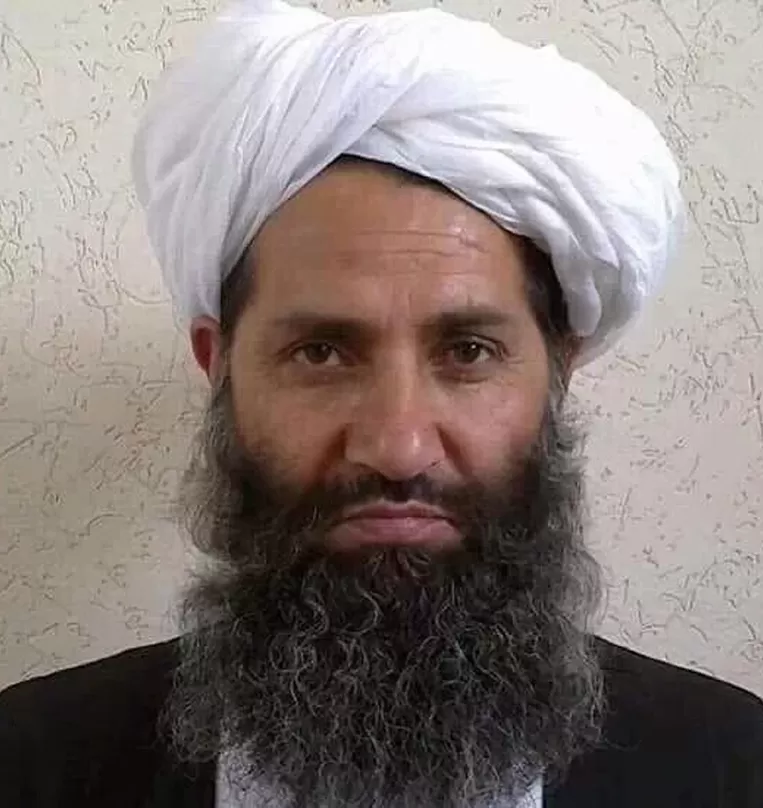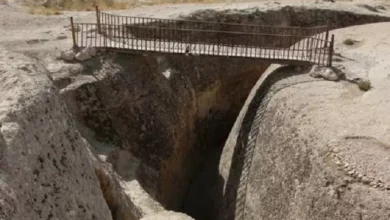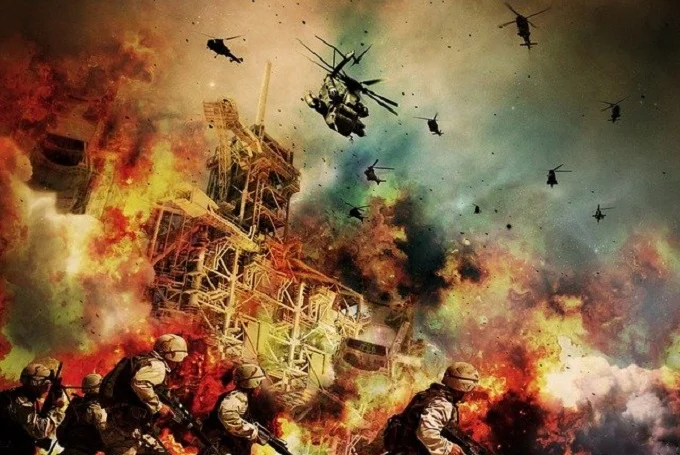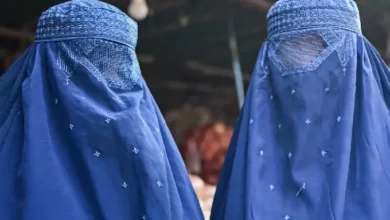These are the new Taliban 2.0! Younger, stronger, and richer

While they suddenly seemed to recapture Afghanistan out of the blue, the Taliban actually never really left. After their first fall in 2001, they waited patiently from the mountains on the Afghan-Pakistani border for the departure of US forces. Today, with a new leader – Hibutallah Akhundzada (60) – a larger army and more resources are ruthlessly striking back. Taliban 2.0: younger, stronger, and more prosperous than ever.
Believe it or not, in Pashto – the most widely spoken language in Afghanistan – the Taliban really just means “students”. Well: rarely were students so feared as the current crop that already stands outside the gates of the Afghan capital Kabul today.
While the world thought that the Taliban had been eliminated for good by the Americans in 2001 in retaliation for the attacks on the WTC and Pentagon, today, the strict Islamic fighters only seem to become more decisive.
New Taliban
The beard of their predecessors has remained. But while the Taliban of the late 1990s often made a ragged, shabby, and somewhat old-fashioned impression, the new ‘batch’ – judging from the press photos – not only looks younger but militarily also better trained and equipped.

Depending on the source, the Taliban army today numbers at least 55,000 to as many as 85,000 troops, making it in any case more numerous than the army that ruled Afghanistan between 1996 and 2001.
Another striking difference from their illustrious predecessors: the current Taliban have a larger war chest. Whereas in 2016 on the Forbes list of the richest terrorist organizations, they ‘only’ occupied fifth place with 400 million dollars – well below the 2 billion dollars of then front-runner IS – according to a NATO report last year, they already had 1.6 billion dollars at their disposal. Or a fourfold increase in just four years.
And what makes everything even more disturbing is that the Taliban are becoming increasingly self-supporting. While they used to be mainly dependent on shadowy donations from Pakistan, Saudi Arabia, and the Emirates, among others, those donations made up barely 15% (or 240 million dollars) of the ‘operating budget’ last year. The majority was amassed through illegal mining ($464 million) and drug smuggling ($416 million).
At the end of May 2020, several Taliban leaders — including Akhundzada — became infected with the coronavirus, according to multiple confirmed sources. It was even made the rounds that he had died of the virus.
At the top of the Taliban, too, everything seems more stable than ever. After the death of the previous leader Akthar Mansour – who was killed by a US drone attack in May 2016 – Hibutallah Akhundzada (60) was elected as or the “absolute leader of the faithful”.
This was done even with the consent of Mohammad Yaqoob (31), the son of Taliban founder, the late Mullah Omar. According to tradition, Yaqoob considered himself too young and wanted to gain more combat experience. Which is happening plenty today, as Yaqoob leads the current military operation in Afghanistan.
While Hibutallah Akhundzada holds all the Taliban reins tightly in his hands behind the scenes, and that can be taken literally: since May 2016, Akhundzada has been living in hiding, fearful of a new deadly drone attack. Although for a while, the danger also seemed to come from a completely different angle.
At the end of May 2020, according to several confirmed sources, some Taliban leaders – including Akhundzada – became infected with the coronavirus. It was even said that he had died from the virus. At the same time, another equally spectacular rumor wants him to have received medical treatment in Russia.

Sharia
During the previous Taliban regime, Hibutallah Akhundzada already headed the strict Sharia courts, so it is feared that the Afghan population – especially women – will once again have to submit to the extremely strict yoke. Which at the time meant, among other things: music, television, and sports for no one.
While women were only allowed to go out on the street with a male escort – and then only dressed from head to toe in a burqa – and education and work were already forbidden for them. Today, many thousands of women work in Kabul as civil servants, teachers, and even judges, and a quarter of the parliament consists of female representatives.
Therefore, the fall of the Afghan capital also appears to be a drama for women’s rights, although the Taliban promised to respect them during peace talks with the Americans last year. But the first signs are unfavorable.
From the already fallen city of Kandahar, the news trickled through that Taliban fighters invaded the local Azizi Bank and forced the nine female bank employees to stop working immediately. The nine women were then ‘escorted’ home under armed escort and told that only male relatives were allowed to take over their jobs.




